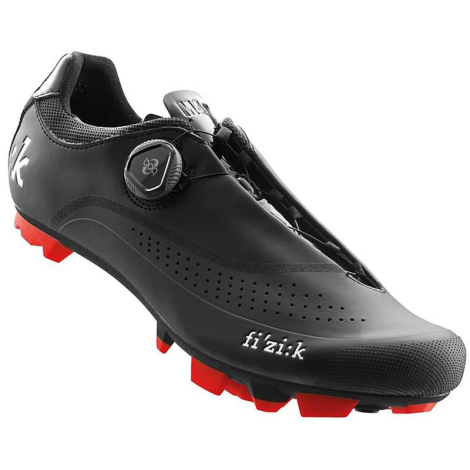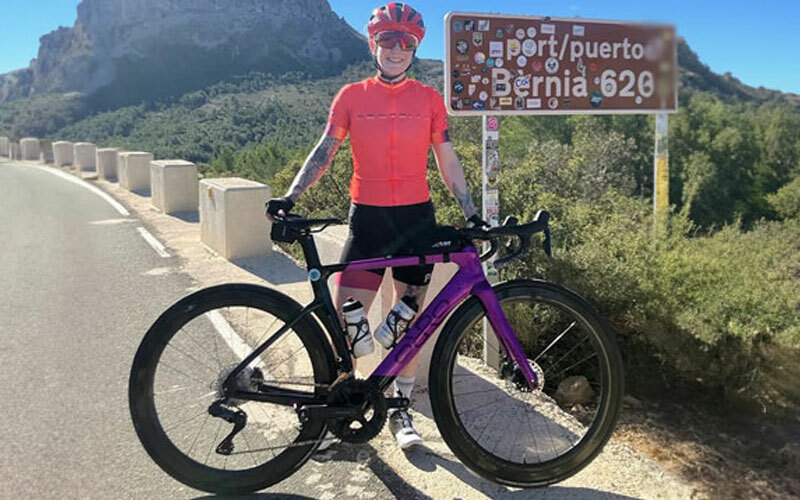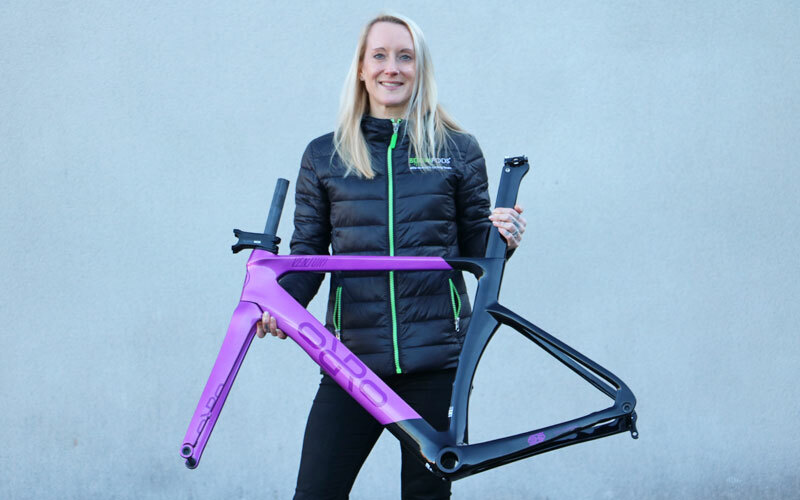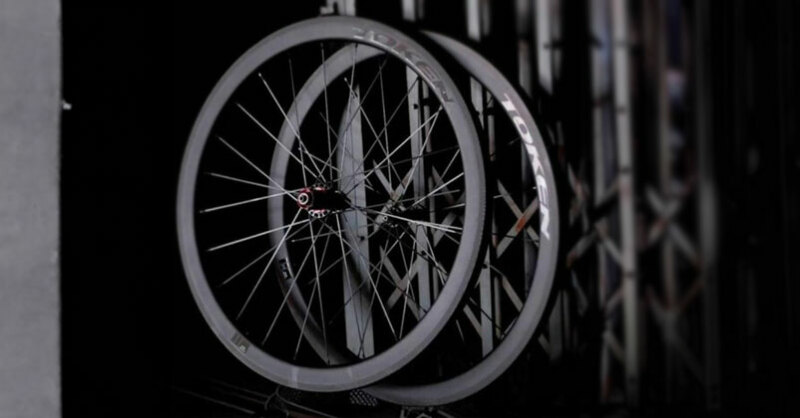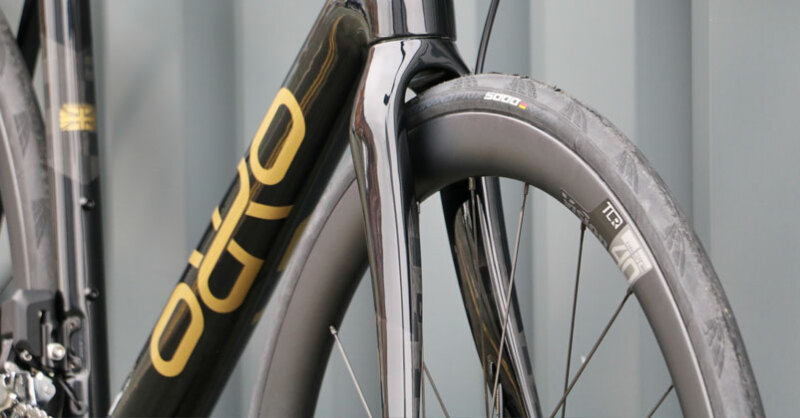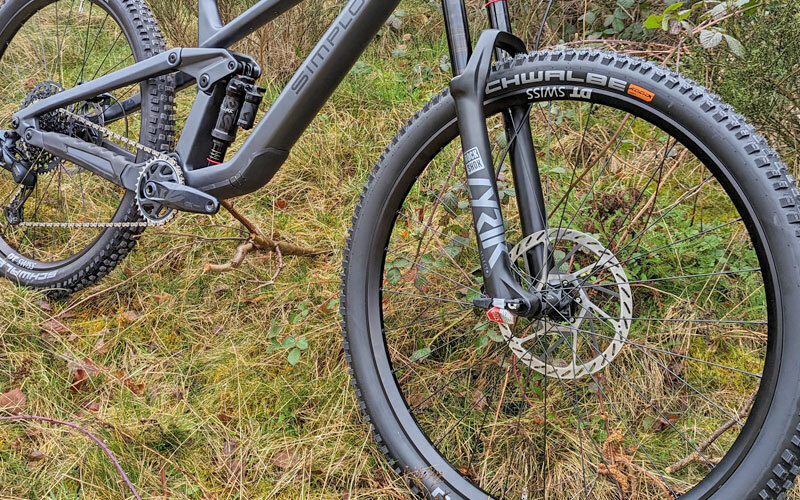Mountain Bike Shoes Guide
Mountain Bike Shoes Guide
There are two different camps when it comes to Mountain Bike Shoes, Flatties (flat shoes) or Spuds (SPD - click in type). Each style of shoes (and pedal) has its merits and largely depends on personal preference and riding style.
.jpg)
If you enjoy tricky sections but like to have the ability to dab your foot down if it goes 'pear shaped', flat shoes might be for you. Equally flat shoes / pedals are great for riders who regularly style it up with tricks or prefer not to be fully attached to the bike riding more extreme sections in bike parks or fast, technical, downhill routes. Click in pedals and shoes offer more efficient pedalling and many pedals can be adjusted, varying the amount of force required to twist the foot free. Many riders prefer to be attached to the bike at the pedals for most mountain bike riding situations.
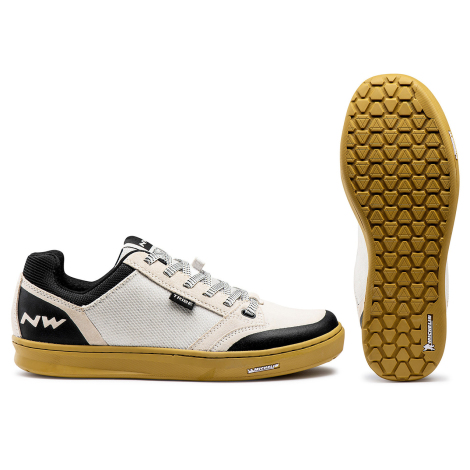
Flat Shoes
The best flat shoes for you, might not be the best for your mate, riders tend to favor different factors when assessing what makes their ideal shoe; pedal grip, sole stiffness, durability, comfort and weight all play a role. However, just to add to the variables, different pedals grip different shoes better than others too.
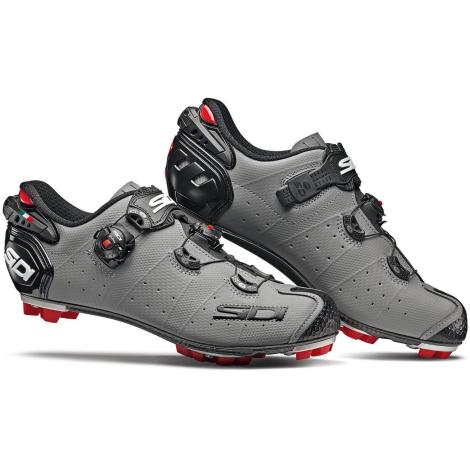
SPD / Click – in Shoes
Shoes which work with click-in pedals come in at various levels from entry-level to mid-range and top tier shoes.
Entry Level Spec
Typical entry level shoes feature a nylon sole with deep grips and a recessed cleat mounting. Upper sections of the shoe tend to feature synthetic material and mesh to provide comfort and cooling on warmer days. Soles are compatible with Shimano cleats with 2-hole fitting (2 hole for SPD type cleats). Closure is usually with Velcro straps or ratchet and Velcro combination.
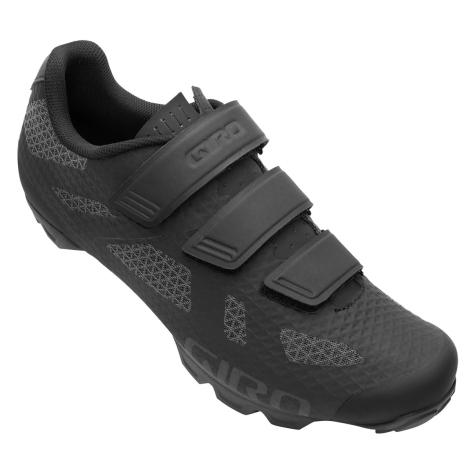
Mid Range Spec
Mid range shoes tend to offer a stiffer sole with either nylon + extra reinforcement from carbon, more ventilation with extra vents and deep treads. Mid-range shoes tend to be lighter in weight. Uppers tend to feature nicer materials and are better finished with seamless internals to eliminate pressure points. Closure featuring a combination of Velcro, ratchets, laces or wire & dials.

Race Shoe Spec
High spec race shoes would prioritize performance aspects such as stiffness and lightness over other considerations. That said, race shoes still need to be comfortable and offer ventilation as well as grip. The material for the upper section of the shoe is usually soft and lightweight whilst still providing a secure hold for your feat. Closure is usually wire / dials, Velcro or laces.
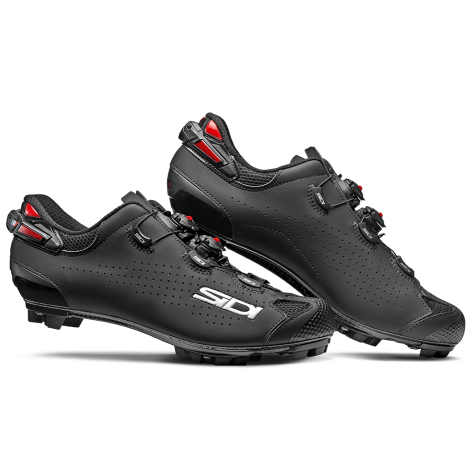
Different Types of Closure
Velcro has been around for a long time. It is light and simple. Velcro is often used in conjunction with an extra closure method. The only downside to Velcro is that it can lose their grip strength over time through repeated opening and closing.
Laces ‘Old school’ shoe laces have made a surprise comeback in recent years. They are very cost effective to replace, and even customizable with different colour laces. It is possible to get just the right tightness with laces and they don’t come loose. The downside for laces compared to other systems is that they are trickier to adjust whilst riding, they need two hands to ‘do’ and ‘undo’.
Ratchet / Buckle Ratchet and buckle systems have been around for about 30 years, they offer reliable, secure closure. Of the main closure systems, this one is the bulkiest, however they do offer an easy to release or increase tightness with one hand.
Wire and Dial systems, such as ‘Boa’ are the relative newcomer to the world of cycling shoe closure. These are the lightest closure option and offer a lot of strength combined with a wide spread of pressure from the wires across the foot, this reduces the chance of contact point pressure sores on feat. Dials are user friendly and offer easy tightening and untightening on the go.
Which Should I Buy?
Flat Shoes
Flat shoe riders need to look for the best combination of grippy / stiff sole, weight and comfort to suit their style of riding. This can be a little trial and error to find the best combination of shoes and pedals.
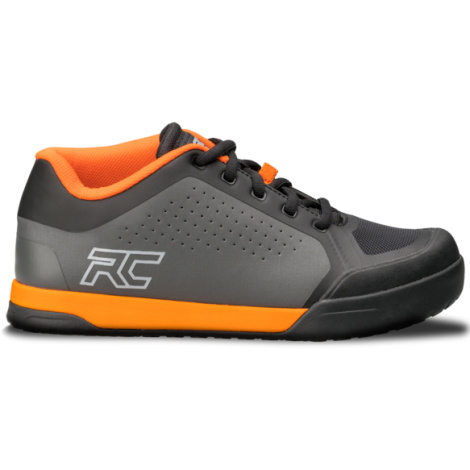
New Riders
Entry level shoes, featuring a nylon sole and synthetic upper should provide a comfortable shoe with a good level of performance for new riders. Velcro straps will provide secure reliable closure.
Experienced Riders
Mid-range shoes are ideal for experienced riders. They are usually a bit lighter than entry level ones and offer a stiffer sole and more comfortable upper with a range of different closure methods. For Cross Country racers, the lightest, stiffest shoe will help provide the best power transfer from rider to bike. Shoes also need to have sufficient grip and also to be comfortable in terms of support and ventilation.
